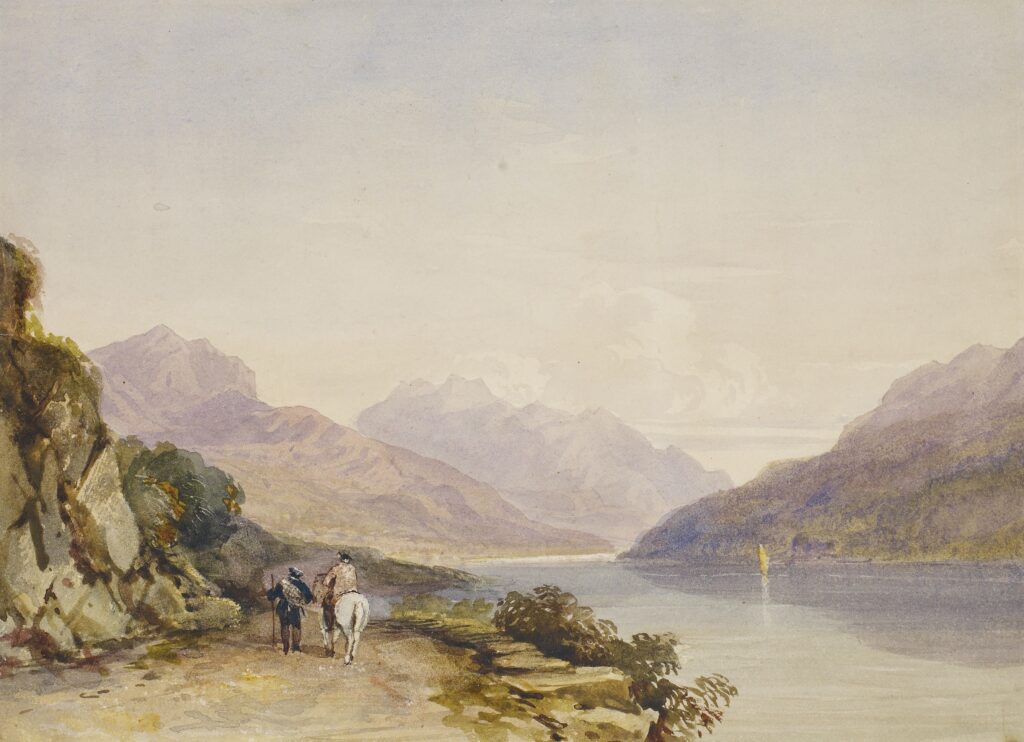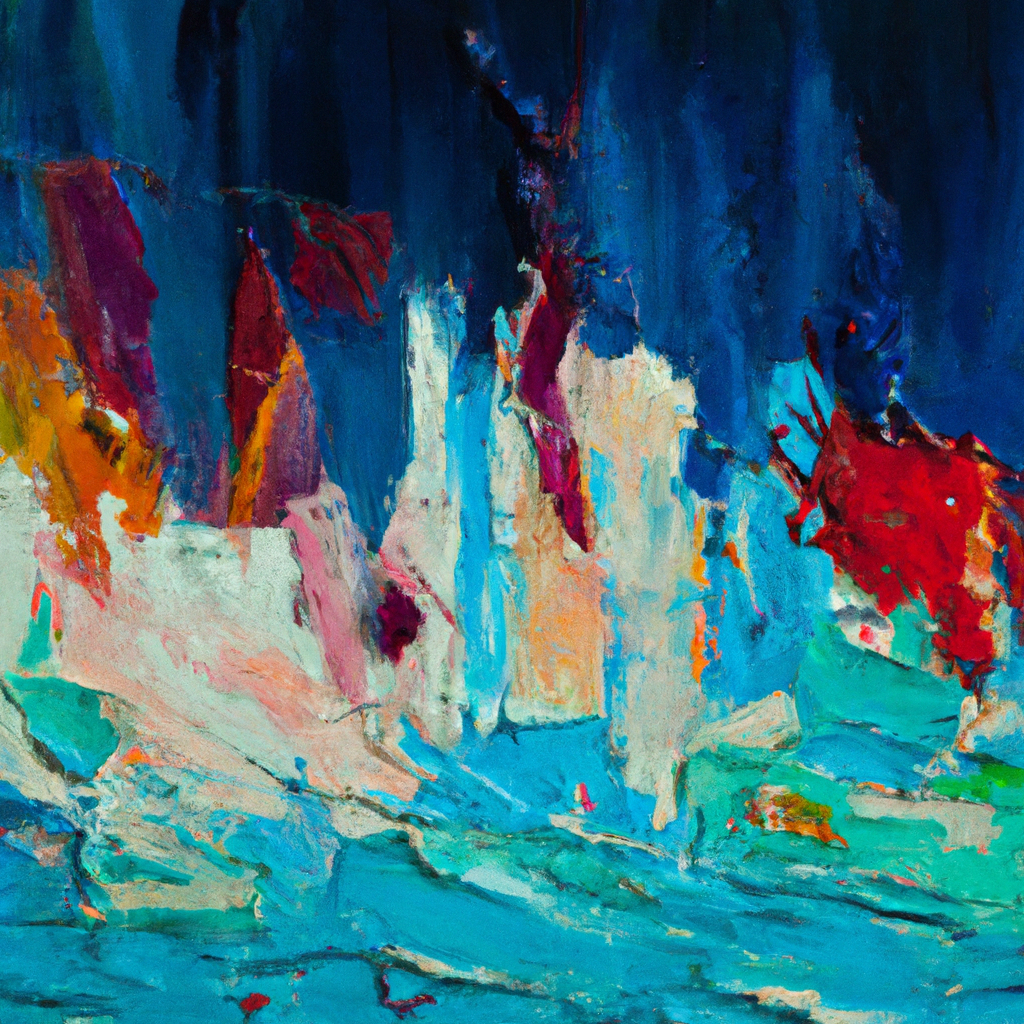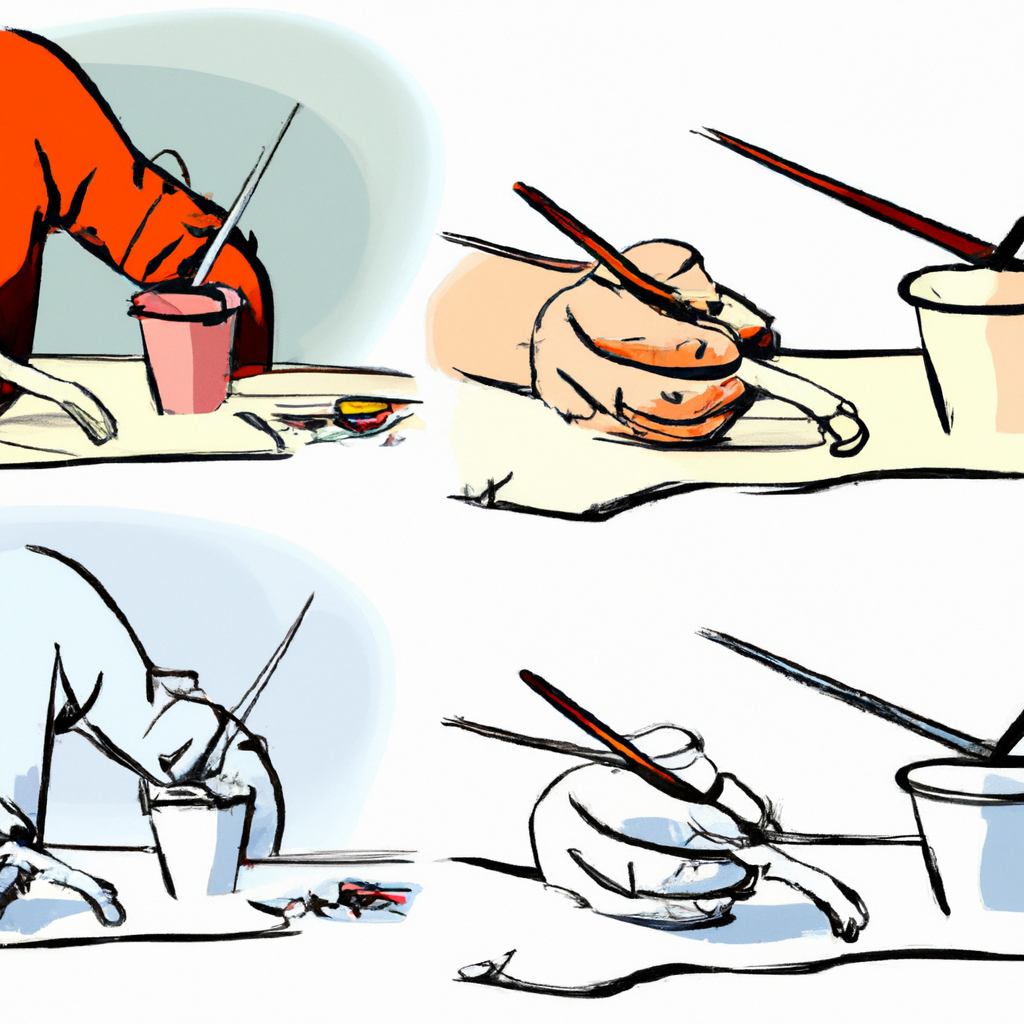In today’s article, we will explore the art of layering gouache paint. Gouache, known for its opaque and vibrant properties, offers artists a unique medium to create stunning works of art. Layering allows artists to build depth and complexity in their paintings, adding dimension and intensity to their artwork. Whether you are an experienced artist looking to refine your technique or a beginner eager to learn, mastering the art of layering gouache paint will undoubtedly elevate your creative endeavors.
Choosing the Right Tools and Materials
Selecting the Right Gouache Paint
When it comes to layering gouache paint, it is important to choose the right type of paint. Gouaches vary in opacity, with some being more opaque and others more transparent. For layering techniques, it is recommended to use gouache paints that have a higher level of opacity. These paints provide better coverage and allow for the creation of smooth and solid layers. Look for gouache paints that are labeled as “opaque” or “heavy body” for best results.
Choosing the Right Brushes
Selecting the right brushes for layering gouache paint is crucial for achieving the desired effect. Soft-bristle brushes are recommended as they allow for smooth and even application of the paint. Flat brushes are particularly useful for creating large areas of color, while round brushes are great for adding details and fine lines. Experiment with different brush sizes to find the ones that work best for your specific project.
Preparing the Surface
Before starting to layer gouache paint, it is essential to properly prepare the surface. Ensure that the surface you are working on is clean, smooth, and free of any dust or debris. If necessary, lightly sand the surface to create a smooth texture. Additionally, it is advisable to apply a layer of primer or gesso to create a suitable base for the paint. This will help the paint adhere better and prevent it from seeping into the surface.
Understanding Gouache Layering Techniques
Opaque Layering
Opaque layering is a technique commonly used in gouache painting. This technique involves applying thick layers of opaque paint one on top of the other. The opacity of the paint allows for a solid and vibrant color to be created, perfect for creating bold and striking artwork. Opaque layering is ideal for adding depth and dimension to your paintings. Experiment with different colors and layering techniques to achieve the desired effect.
Transparent Layering
Transparent layering is another technique that can be used in gouache painting. This technique involves applying thin layers of transparent paint on top of each other. Transparent layering allows for a more subtle and delicate effect, as each layer adds a translucent wash of color. This technique is often used to create gradients and soft transitions between colors. By layering transparent washes, you can achieve a sense of depth and luminosity in your artwork.
Gloss Layering
Gloss layering is a technique that involves adding a layer of gloss varnish over the layers of gouache paint. This technique can enhance the vibrancy and luminosity of your artwork, as well as protect the surface. Gloss layering works particularly well with transparent layering techniques, as it intensifies the colors and adds a glossy finish to the painting. It is important to note that gloss layering should be applied carefully and sparingly, as too much gloss can overpower the artwork.

This image is property of images.unsplash.com.
Preparing the Workspace
Gathering Necessary Supplies
Before starting to layer gouache paint, make sure you have all the necessary supplies at hand. This includes gouache paints in various colors, brushes of different sizes, a palette for mixing colors, a water container for cleaning brushes, and a surface to work on. Additionally, have paper towels or a cloth nearby for wiping brushes and cleaning up any spills. Having all the supplies ready will help streamline your workflow and ensure a smooth painting process.
Setting Up a Clean and Organized Workspace
Creating art requires a clean and organized workspace. Clear away any clutter and make sure you have sufficient space to work comfortably. Arrange your supplies in an orderly manner, making them easily accessible during the painting process. Having a clean and organized workspace not only improves productivity but also allows you to focus solely on your artwork without any distractions.
Creating a Layering Plan
Determining your Color Palette
Before starting to layer gouache paint, determine the color palette you will be working with. Consider the subject of your artwork and the mood you want to convey. Select a range of colors that will harmonize well together and complement your desired aesthetic. It can be helpful to create color swatches or a color chart to reference throughout the layering process. By planning your color palette beforehand, you can ensure a cohesive and balanced painting.
Identifying the Light Source
Understanding the direction and intensity of the light source in your artwork is essential for effective layering. By identifying the light source, you can determine which areas of your painting will be highlighted and which will be in shadow. This knowledge will guide your layering sequence and help create realistic lighting effects in your artwork. Take time to study the subject and consider how the light interacts with different surfaces.
Planning the Layering Sequence
Once you have determined your color palette and identified the light source, plan the layering sequence for your artwork. Start with a base layer of paint in the lightest or middle tone of your color palette. Gradually build up layers, working from light to dark or vice versa, depending on your desired effect. Consider how each layer will interact with the layers underneath and strategically place colors to achieve the desired result. Planning the layering sequence will prevent any unwanted muddiness or clashes of color.

This image is property of images.unsplash.com.
Preparing the Colors
Mixing Colors for Layering
To achieve the desired colors for layering, it may be necessary to mix different shades and tones. Use a palette to mix your paints, experimenting with different combinations until you achieve the desired color. Start with small amounts of paint and gradually add more as needed. Keep in mind that gouache paints dry slightly darker than they appear when wet, so it is essential to test the colors on a scrap piece of paper before applying them to your artwork.
Preventing Colors from Drying Out
Gouache paints have a tendency to dry quickly, making it essential to take measures to prevent the colors from drying out during the layering process. One way to prevent this is to mist your palette with a fine spray of water to keep the paints moist. Another method is to cover the paints with a damp cloth or airtight containers between painting sessions. By keeping the colors moist, you can ensure better control over the layering process and achieve smoother transitions.
Applying the First Layer
Applying an Even Base Coat
Before layering gouache paint, start by applying an even base coat. Dilute the paint slightly with water to create a smooth consistency. Use a large brush to apply the base coat, covering the entire surface area. The purpose of the base coat is to provide an initial layer of color that will serve as a foundation for subsequent layers. It is important to apply the base coat evenly to ensure a consistent foundation for the layering process.
Allowing Sufficient Drying Time
After applying the base coat, allow sufficient drying time before moving on to the next layer. Gouache paints dry quickly, but it is still important to give each layer ample time to dry completely. This will prevent smudging or mixing of colors when applying subsequent layers. The drying time will vary depending on factors such as the thickness of the paint and the humidity in the environment. It is advisable to wait at least 15-30 minutes before proceeding with the next layer.

This image is property of images.unsplash.com.
Layering Techniques
Glazing
Glazing is a layering technique that involves applying translucent washes of color over a dry base layer. This technique allows the underlying layers to show through, creating a sense of depth and richness. To glaze, dilute the gouache paint with water to create a transparent consistency. Use a soft brush to apply the glaze, working in smooth and even strokes. Multiple glazes can be applied to achieve the desired effect.
Scumbling
Scumbling is a layering technique that involves applying a thin layer of opaque paint over a dry base layer. This technique adds texture and visual interest to the artwork. To scumble, use a dry brush with a small amount of opaque paint and lightly drag it over the surface. The goal is to create a broken or rough texture that allows the base layer to show through. Scumbling can be used to create highlights or add depth to specific areas of the painting.
Wet on Wet
Wet on wet is a layering technique that involves applying wet paint onto a wet or damp base layer. This technique allows for seamless blending and diffusion of colors. To achieve a wet on wet effect, work quickly and apply the paint while the base layer is still wet. The colors will mix and blend together, creating soft transitions and gradients. Wet on wet layering can be particularly effective for creating atmospheric or watery effects.
Dry Brush Techniques
Dry brush techniques involve using a brush with very little paint to create texture and detail. This technique is achieved by lightly dragging the brush over the surface, allowing the texture of the paper or canvas to show through. Dry brush techniques can be used to add fine lines, texture, and intricate details to your artwork. Experiment with different brushes and pressures to achieve the desired effect.
Building Up Layers
Layering Transparent Colors
To build up layers using transparent colors, repeat the glazing technique mentioned earlier. Apply thin, transparent washes of color over the dry base layer, allowing each layer to dry before applying the next. As you add more layers, the colors will gradually build in intensity and create depth. Transparent layering is particularly effective for creating subtle transitions and atmospheric effects.
Layering Opaque Colors
Layering opaque colors involves applying thick layers of opaque gouache paint on top of each other. This technique is useful for creating bold and vibrant colors, as the opacity of the paint allows for solid coverage. Apply each layer carefully, allowing sufficient drying time between each layer. Opaque layering can be used to add depth, texture, and detail to your artwork.
Creating Textures and Details
Layering gouache paint also provides an opportunity to create textures and details in your artwork. Use a combination of layering techniques such as scumbling, dry brush techniques, and wet on wet to add texture and depth to specific areas. Experiment with different brush techniques and pressures to achieve the desired effect. Layering can also be used to add details and highlights to your artwork, enhancing its overall visual appeal.
Achieving Smooth Transitions
Blending Colors
Achieving smooth transitions between colors is crucial for creating realistic and visually appealing artwork. Blending can be done using a soft brush or by layering translucent washes of color. Gradually build up the layers, adding more paint as needed, and use gentle strokes to blend the colors together. Take your time with blending and remember to allow drying time between each layer to prevent smudging.
Gradating Colors
Gradating colors involves creating a gradual transition from one color to another. This technique can be achieved by layering washes of color, gradually changing the intensity or hue of the paint. Start with the lighter color and gradually build up layers, adding darker shades as you go. Use a soft brush to blend the colors together, creating a smooth transition. Gradating colors can be used to create depth, shading, or fading effects.
Creating Soft Edges
Creating soft edges is important for achieving a realistic and natural look in your artwork. Soft edges can be achieved by using a soft brush and applying the paint with light strokes. Avoid using hard lines or harsh edges, as they can make the artwork appear flat or unnatural. Soft edges can be used to define shapes, create depth, or blend colors seamlessly. Practice using a light touch and gradually build up layers to achieve the desired effect.
Correcting Mistakes
Lifting Off Paint
Mistakes happen, and fortunately, gouache paints allow for easy correction. If you need to lift off paint, use a clean, damp brush or a sponge to gently lift or blot the paint. Be careful not to scrub too hard, as this can damage the underlying layers. Adjustments can be made by layering additional paint or using opaque layers to cover up any unwanted marks. Remember to allow sufficient drying time before making corrections.
Touching Up and Restating Details
Sometimes, certain details or areas of your artwork may require additional attention to achieve the desired effect. Use small brushes and opaque paints to touch up or restate details. Carefully layer the paint over the desired areas, ensuring that it matches the surrounding colors. Take your time with these touch-ups, as they can greatly enhance the overall quality and impact of your artwork.
In conclusion, layering gouache paint allows for a wide range of creative possibilities. By choosing the right tools and materials, understanding layering techniques, preparing the workspace, creating a layering plan, and mastering the various application techniques, you can achieve stunning results. Remember to experiment, practice, and embrace your artistic intuition. Layering gouache paint is a rewarding process that allows for the creation of vibrant, textured, and visually captivating artwork.



